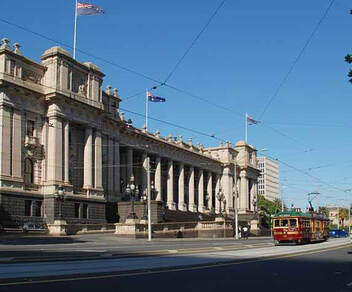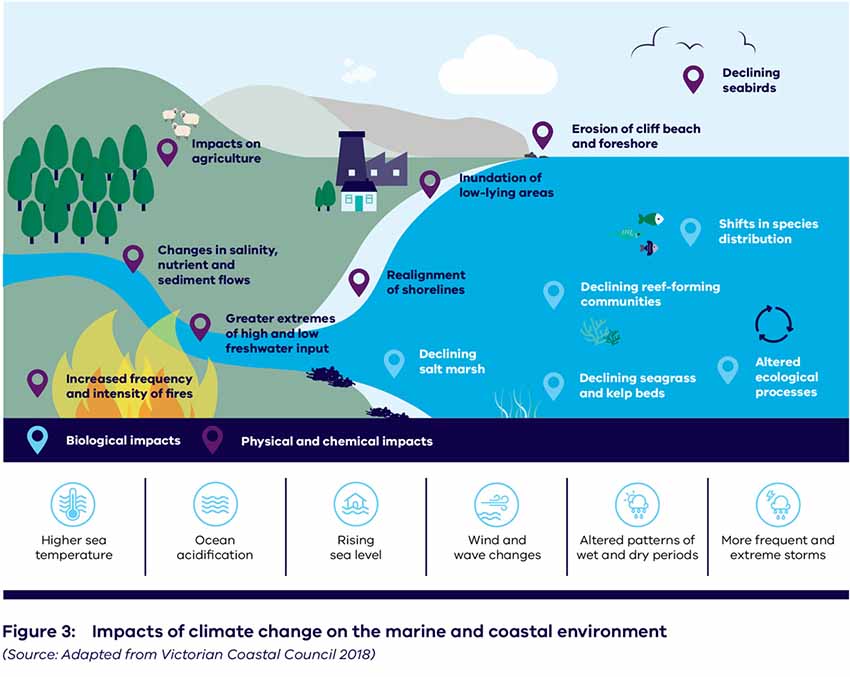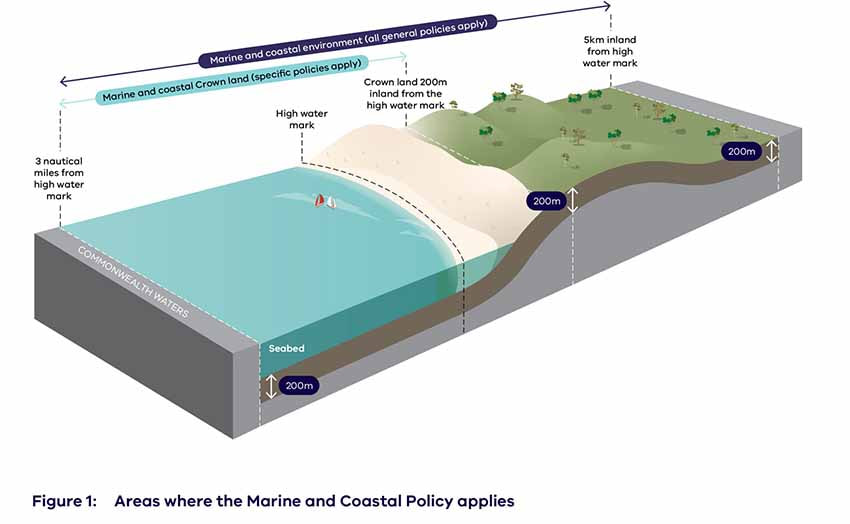 Without a long-term management plan, Western Port will continue to be a battleground for industrialists and residents
Without a long-term management plan, Western Port will continue to be a battleground for industrialists and residents THE 75 likes for my article Thank you, AGL indicates there is interest in the proposal for a Western Port Strategic Management Plan (WPSMP).
Over time, I have put this proposition to the pub test; I can assure you the "real world people" say yes.
They reason, in many cases, there are too many levels of government, statutory authorities and others all jockeying to manage Western Port, not to mention the endless sums of money spent on feasibility studies and academic research projects.
The same principle would apply to those charged with managing Western Port, for they too would be governed by the plan.
At the moment, however, every time a major proposal is put forward, in all likelihood, a “flotilla of kayaks” will put to sea to defend the sanctity of Western Port and its precious hinterland.
This is not a good situation and the fight is set to continue.
For as expressed in a response to my AGL article, “The citizens of Crib Point and Hastings will stand firm in this fight AGAINST AGL and their horrendous pipeline project. If worse comes to worse we will chain ourselves to the fence line to prevent any destruction of our beautiful foreshore ecosystem.”
So what is at stake?
It’s your chance to present a plan that will appeal to the hearts and minds of Western Port’s traditional owners, and to those who live and work in this region and the many that come here to enjoy recreational pastimes and the country lifestyle.
Western Port and its surrounds is a unique environment. This is what the people like; this is what you must protect.
Firstly I’d like to introduce the document “Understanding the Western Port Environment – A summary of current knowledge and priorities for future research”, November 2011.
The publication presents analysis and recommendations by credible subject experts. The executive summary sets the scene:
'Western Port is special'
“Western Port is a unique feature on the Victorian coast, a large, semi-enclosed embayment on an exposed coastline, formed by complex geological processes (Figure 1). Superficially similar to Port Phillip Bay, it is more complex than its western neighbour, with a greater tidal range, extensive intertidal mudflats, and two large islands (Phillip Island and French Island). The tidal flats are cut by deep channels, with several catchments draining (some artificially connected) into the north eastern and eastern parts of the bay. All of this makes for complex oceanographic circulation. Much of its coastline is fringed by mangroves and saltmarshes, and there are extensive seagrass meadows on mudflats and below the low tide level.”
It goes on to say, and this is probably the crux of the matter:
“Western Port has a wide range of values to Victorians, and much of its seabed and coastal area – including these environmental assets – are subject to multiple uses, many of which can threaten other environmental uses and underlying ecological processes. The key is balancing these different values and uses and principles of Ecologically Sustainable Development. With a long term strategic policy and management emphasis relating to Western Port’s environmental assets, social and economic considerations also need to be incorporated into the development of any future policy, strategies and plans for Western Port.”
This statement encapsulates my contention and suggests there is a need to bring together the current collection of individual plans to form a new, all-encompassing WPSMP.
The situation, as it stands
Under the umbrella of Victoria’s Marine and Coastal Act 2018, we have:
- Marine and Coastal Policy, 2020.
- Victoria’s Marine and Coastal Reforms – Final Transition Plan, 2017.
- Western Port Ramsar Site Management Plan, 2017.
In times gone by, we could probably keep muddling along with a collection of reports and plans administered by various government agencies, but the driver now is climate change. If we are to manage this situation, we need to develop a business plan – a holistic plan that takes into account the environmental values and the social and economic needs of this region.
There is a model for this approach: the Port Phillip Environmental Management Plan 2017-2027.
If you substitute ‘Western Port’ for ‘Port Phillip Bay’ in the “Goals of the Environmental Management Plan” statement, it goes on to say “… offers a vast array of social, economic and environmental values to visitors and those who live and work around the Bay and its surrounding catchment.
The EMP's vision of 'a healthy Port Phillip Bay that is valued and cared for by all Victorians', and the following three main goals will guide future action and investment over the next 10 years:
- Stewardship of the Bay is fostered across community, industry and government.
- Water quality is improved to ensure environmental health and community enjoyment of the Bay.
- The Bay's habitats and marine life are thriving.”
In your deliberations on this matter, two key elements need to be considered. These are found in the Marine and Coastal Policy, 2020:
1. The environment model and its message of the impacts of climate change. In looking at it, one could consider it as a snapshot of Western Port and its environs.
- The land (whether or not covered by water) to a depth of 200 metres below the surface of that land.
- Any water covering the land referred to in paragraph (1) above from time to time.
- The biodiversity associated with the land and water referred to in paragraphs (1) and (2).
All policy directions apply to the above defined area unless otherwise indicated.
Where a particular policy references marine and coastal Crown land, the policy applies to that area only (see the Definitions section of the Policy).”
These elements need to be considered as a whole and are fundamental to any future plans for Western Port and its Ramsar wetland.
Whatever the outcome of your thoughts, the time has come to treat Western Port and its Ramsar wetland not as separate entities, each with a separate plan, but as one environmental unit.
Where to from here?
There are many definitions of strategic planning, but the following is a starting point.
The “Balanced Scorecard Institute” states:
“Strategic planning is an organizational management activity that is used to set priorities, focus energy and resources, strengthen operations, ensure that employees and other stakeholders are working toward common goals, establish agreement around intended outcomes/results, and assess and adjust the organization’s direction in response to a changing environment. It is a disciplined effort that produces fundamental decisions and actions that shape and guide what an organization is, who it serves, what it does, and why it does it, with a focus on the future. Effective strategic planning articulates not only where an organization is going and the actions needed to make progress, but also how it will know if it is successful.”
While it could be said the model is only applicable to a business, I think we have reached a point where Western Port needs a business plan. For those aspiring to lead us into the future, they need to look to this approach, for now is the time to act.

